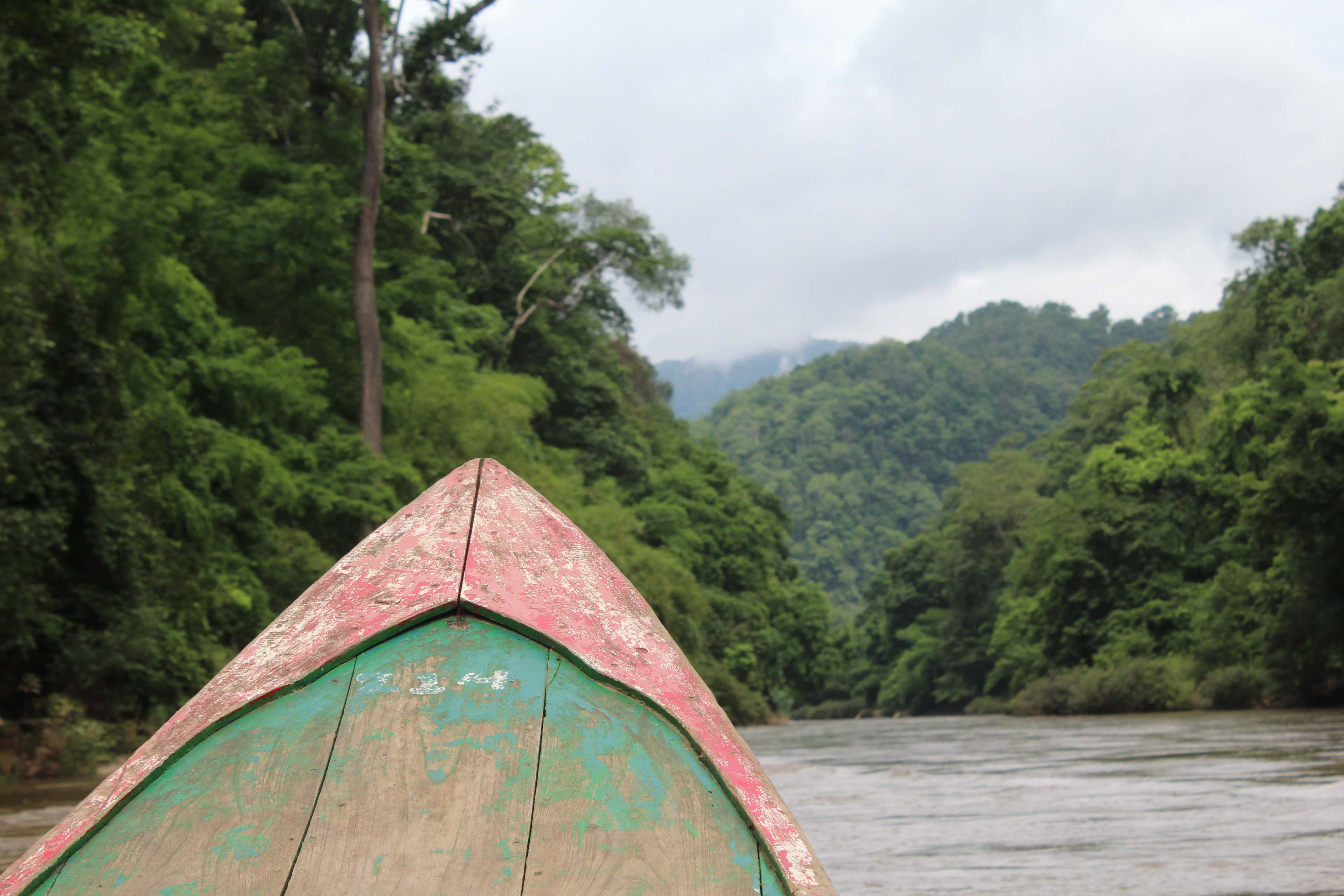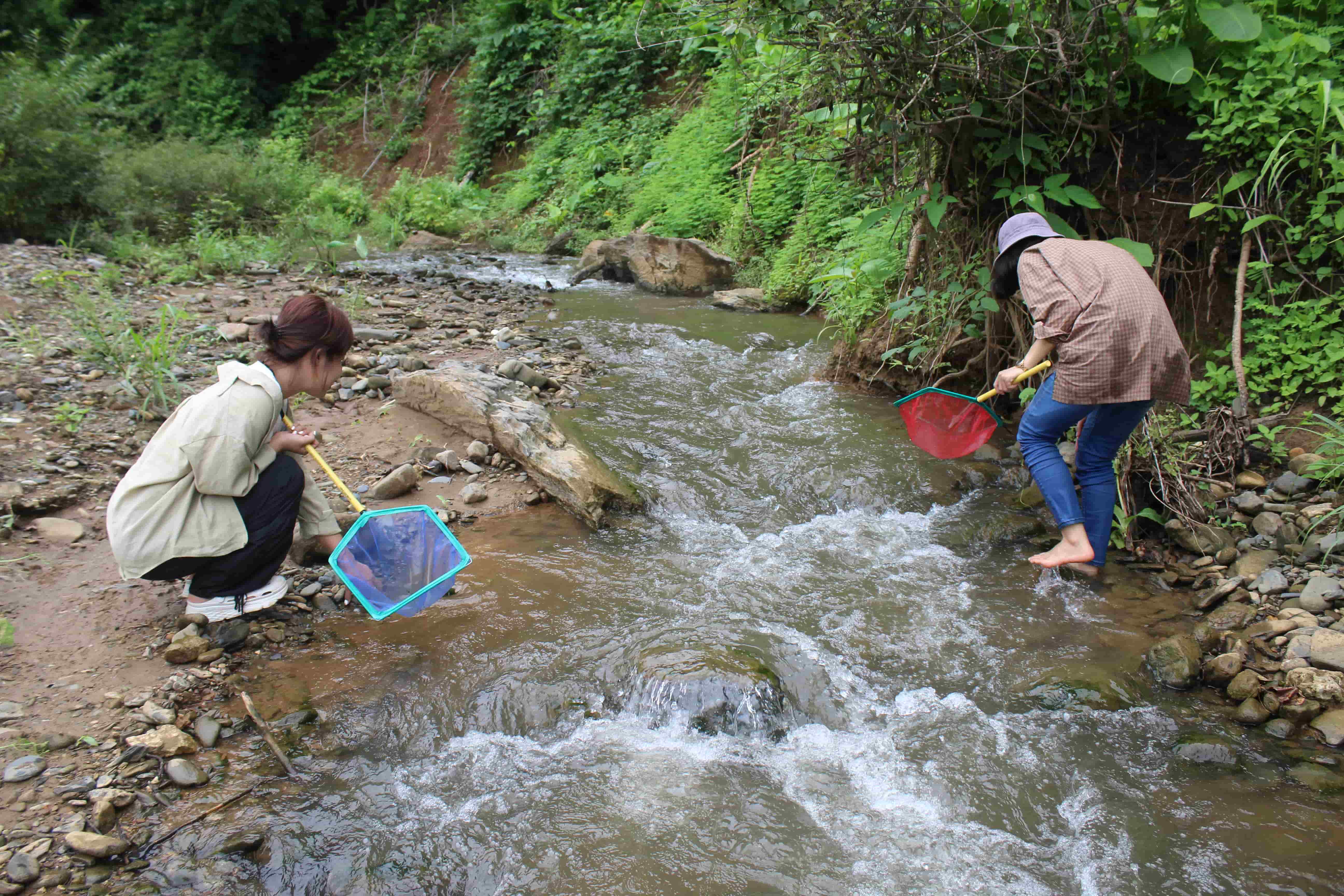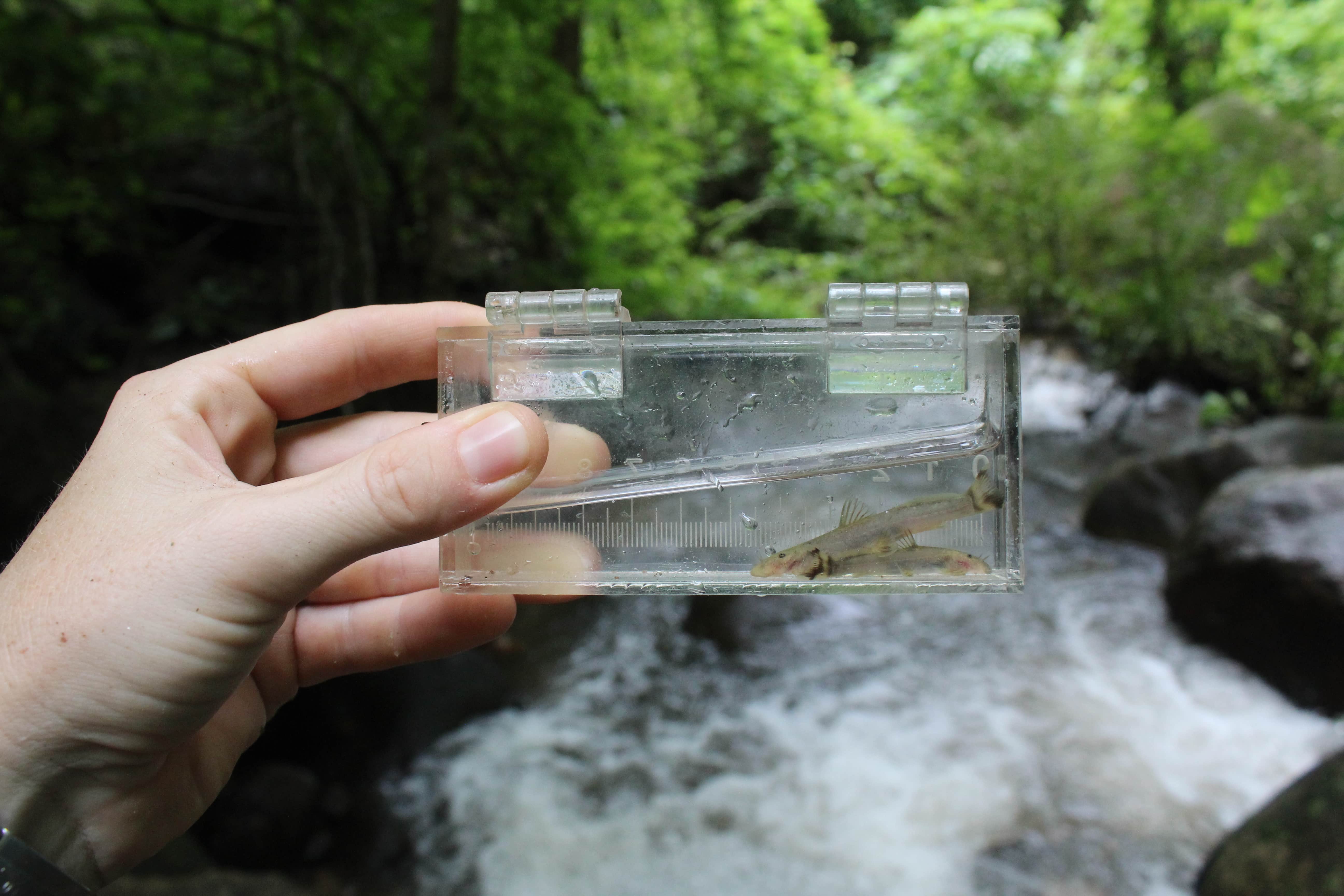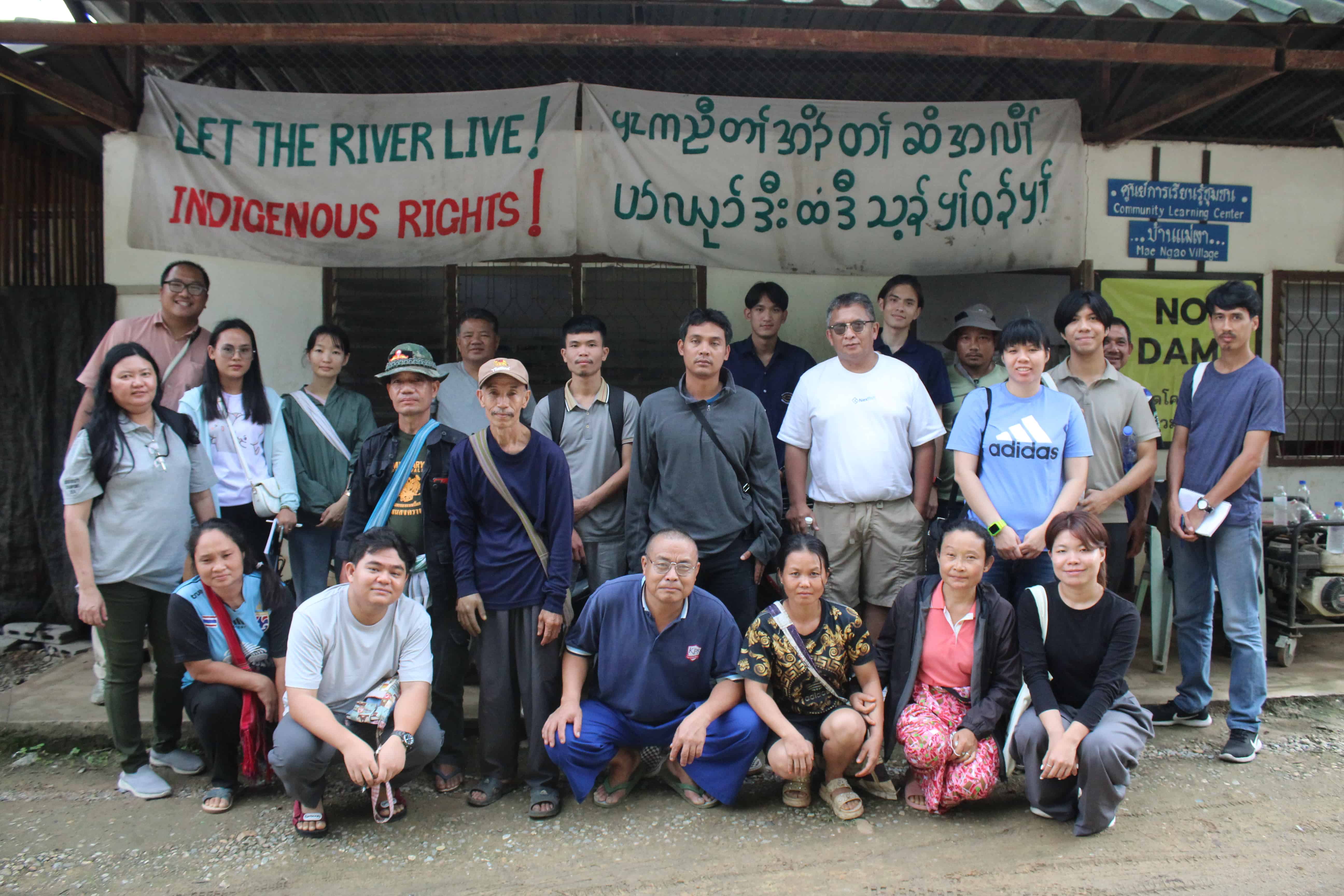“There is significantly less data on fish biodiversity in the Salween Basin, when compared to the Chao Phraya and Mekong Basins in Thailand. There are likely many endemic species that have not been discovered yet.” Assoc. Prof. Dr Apinun Suvarnaraksha, Lecturer at the Faculty of Fisheries Technology and Aquatic Resources and Director of the Office of Agricultural Research and Extension, MaeJo University, highlighted the need to improve understanding of the economic and ecological importance of the Salween River basin.
The Salween River is the longest free flowing river in Southeast Asia, however, development for hydropower and irrigation threatens the well-being of more than 10 million people - many of them representatives of indigenous communities in both Thailand and Myanmar who rely on the basin’s resources.
In Thailand, the proposed Yuam River Diversion Project from the Royal Irrigation Department of Thailand is likely to significantly impact the Ngao and Yuam, tributaries of the Salween. The 1.9 billion USD project aims to divert water from the Yuam, Ngao and Moei Rivers in the Salween Basin to the Bhumibol dam reservoir in the Chao Phraya Basin. Damming the tributaries will block fish migration to upstream spawning areas and lead to the disappearance of species that rely on the river’s natural flow, decimating fisheries. By documenting the diversity of fish in the basin, and the local communities’ dependence on the fishery, CSOs aim to highlight the environmental, economic and social impacts of the proposed project. Dr Suvarnaraksha also highlighted the risks of introducing new species from the Salween Basin into the Chao Phraya Basin through the water diversion scheme, which could have unforeseen ecological impacts.
 The Ngao River landscape is encased in mountainous terrain that locals rely on for food and their livelihoods
Photo: IUCN Asia
The Ngao River landscape is encased in mountainous terrain that locals rely on for food and their livelihoods
Photo: IUCN Asia
The twelve communities surrounding the Ngao River, one of the tributaries of the Salween River, rely on healthy fishery as their main source of protein and income as the mountainous terrain makes it impossible to farm in the area. They also depend on non-timber forest products such as bamboo shoots, mushrooms and medicinal herbs from the forest. Despite this high dependence on natural resources, there is limited data available on the income generated from the fishery and forest resources due to the river’s remote location and a lack of funding for research.
Under the Building River Dialogue and Governance (BRIDGE) project, IUCN is providing grants to five civil society organisations in the basin to collect data, support community consultations and promote local governance of the Salween and its tributaries in Myanmar and Thailand.
A training, held from 1 - 5 July 2024, provided 14 participants – representing five civil society organisations (CSOs) from Myanmar and Thailand – with information on freshwater fish survey methods and species identification in the Salween River Basin. This was followed by a field visit to meet community members who live along the Ngao River, a tributary of the Salween River, in Mae Hong Son province, Thailand.
 Participants collect fish to identify in the Ngao River
Photo: IUCN Asia
Participants collect fish to identify in the Ngao River
Photo: IUCN Asia
“Being able to correctly identify fish species and collect data on the diversity of fish will help us to raise the awareness of communities and authorities on the value of the basin,” said Mr Sai Sein Seing, one of the training participants from the Kyun Ta Htuang Myae Foundation in Myanmar which is working with local communities in Shan State to strengthen conservation efforts in the basin.
 Mustache stream batfish (Exostoma berdmorei) collected during the field survey
Photo: IUCN Asia
Mustache stream batfish (Exostoma berdmorei) collected during the field survey
Photo: IUCN Asia




